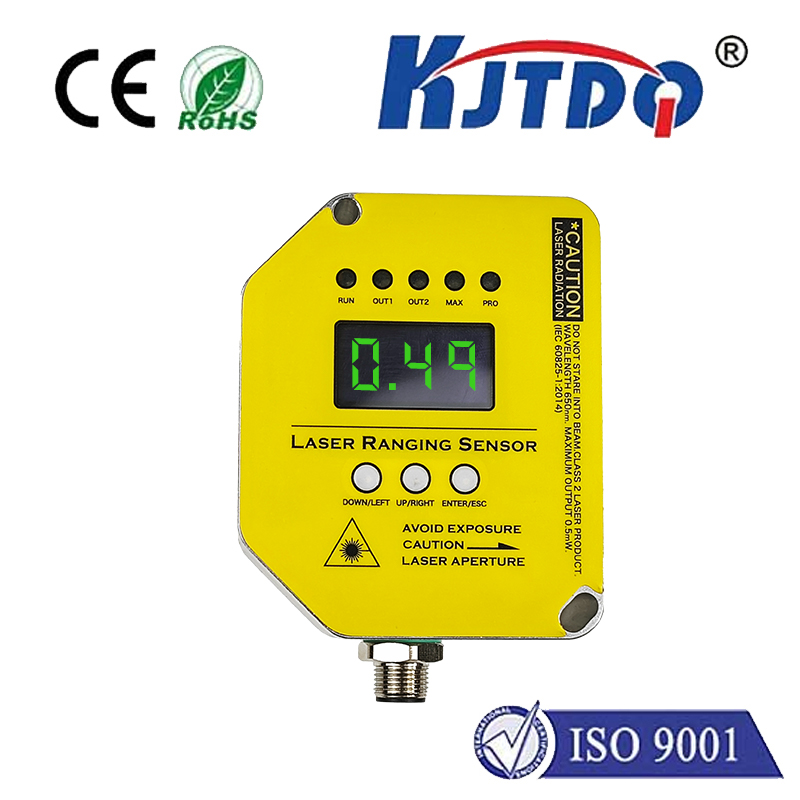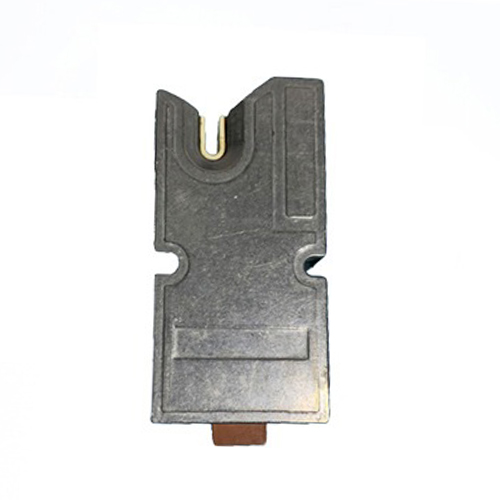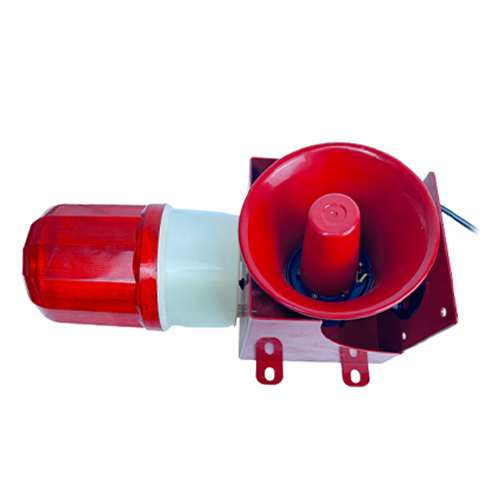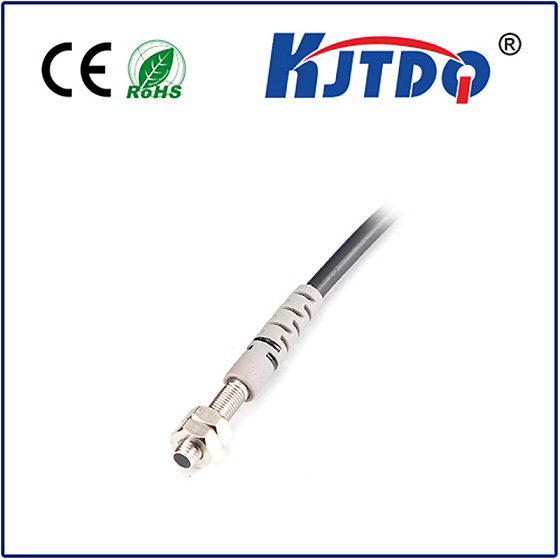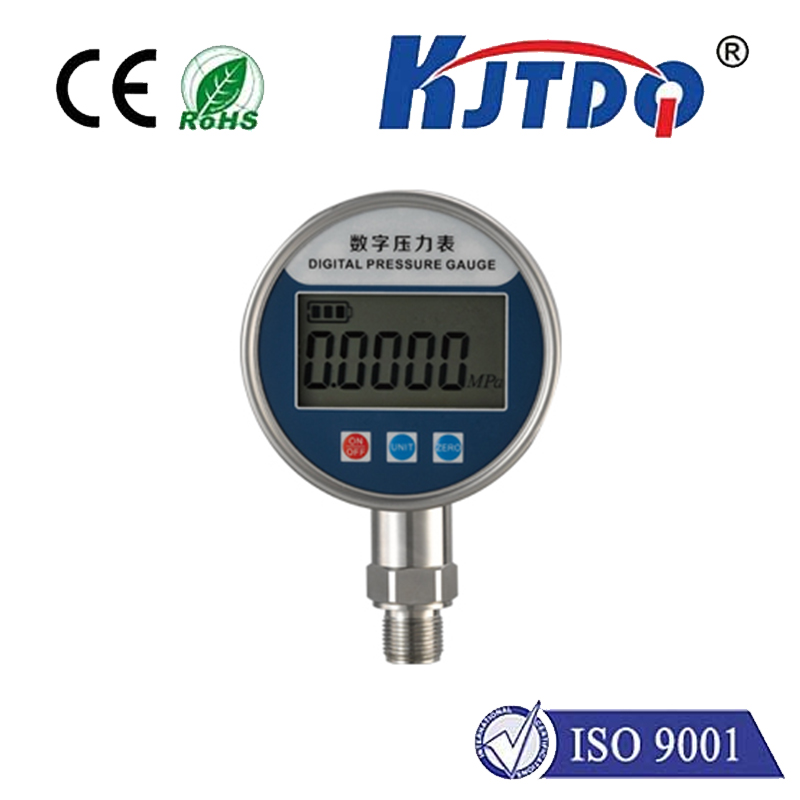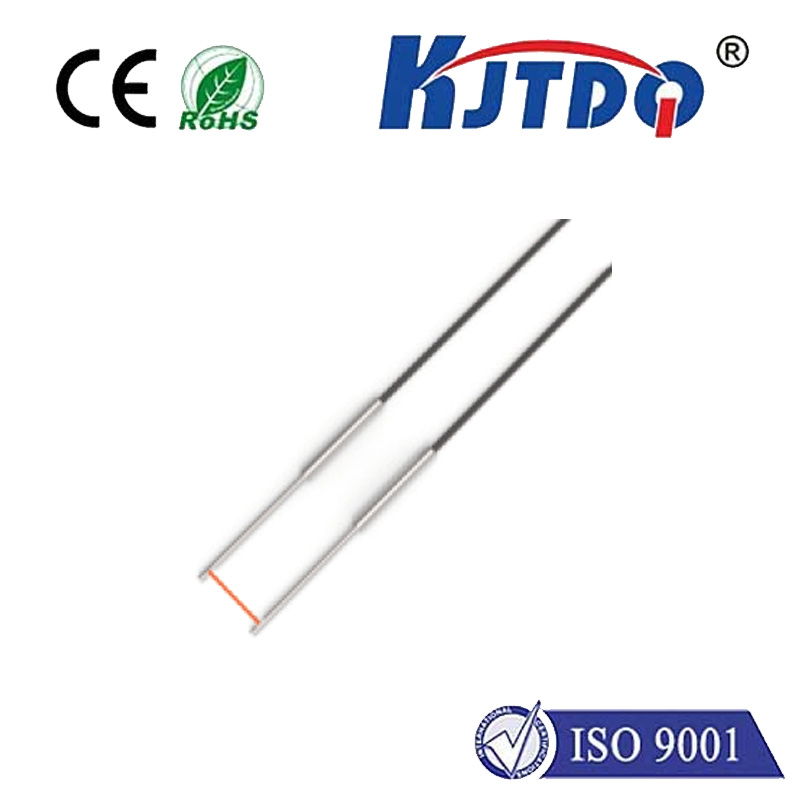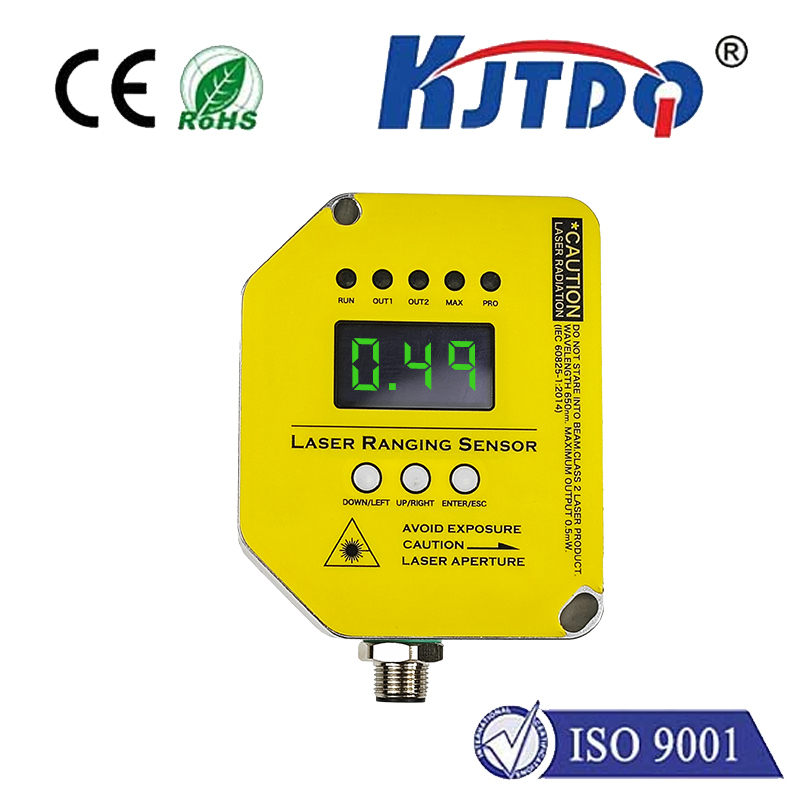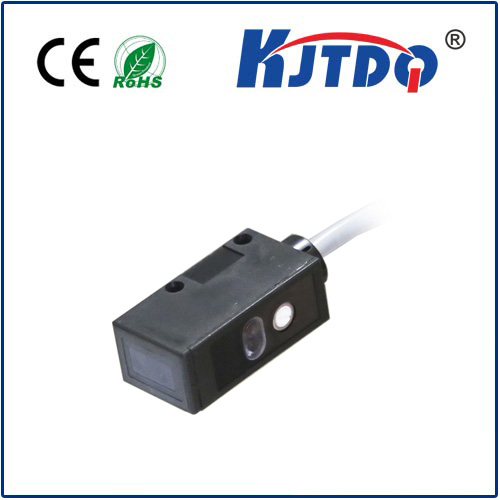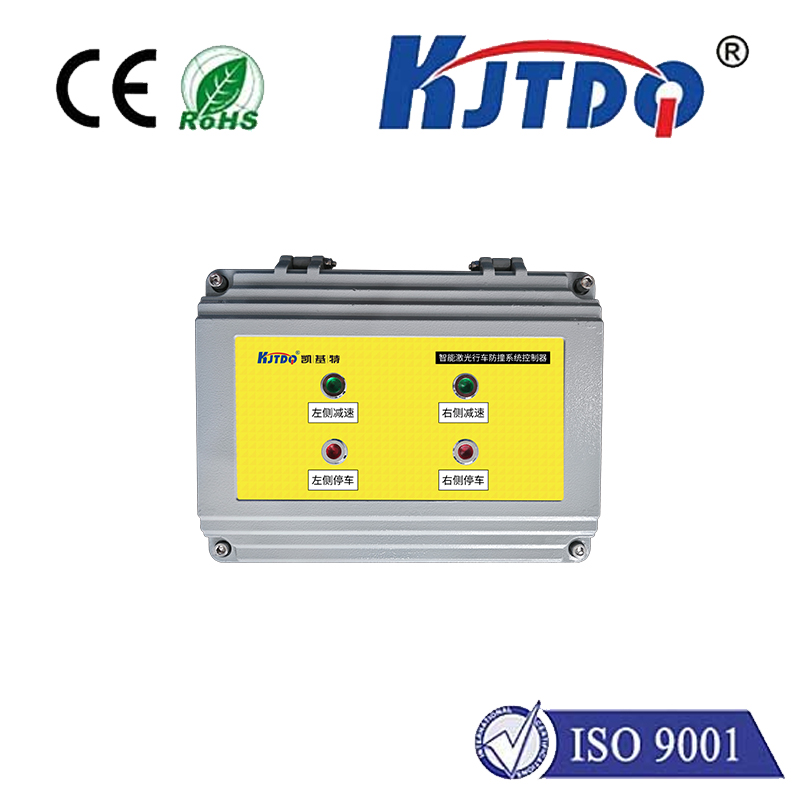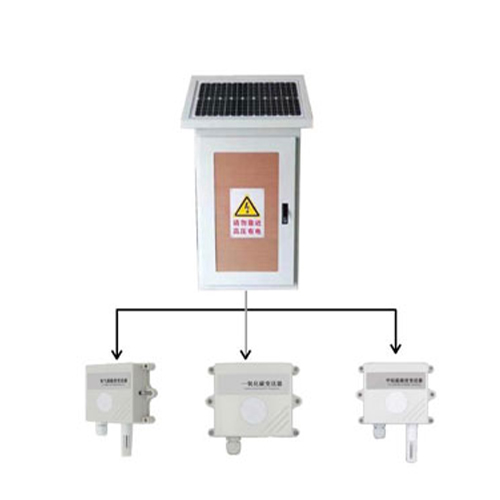

check

check

check

check
Optical limit switches represent an incredible advancement in the field of industrial automation and control systems. These nifty gadgets utilize light beams to detect the presence or absence of objects, thereby controlling machinery operations with precision and reliability. In this article, we'll delve into the world of optical limit switches, exploring their functionalities, benefits, and applications.
What are Optical Limit Switches?
To begin with, optical limit switches operate on the principle of optical interruption. They consist of a light source – typically a LED or laser diode – and a receiver aligned opposite each other. When an object passes between the emitter and receiver, it breaks the light beam, triggering the switch. This disruption is then converted into an electrical signal that can be used to start or stop machinery, count objects, or maintain alignment within a production line.
Key Features and Benefits
Optical limit switches boast several key advantages over traditional mechanical or proximity switches:
1. High Efficiency: Unlike their mechanical counterparts, optical switches have no moving parts, reducing wear and tear and increasing their lifespan. They also offer quicker response times, improving overall system efficiency.

2. Flexibility: These switches can be customized for various applications by altering the beam size, shape, and frequency. Additionally, they can detect a wide range of materials, including transparent, reflective, or small objects that might challenge other types of switches.
3. Easy Integration: With digital outputs, optical limit switches can be seamlessly integrated into modern control systems and networks. They are compatible with PLCs (Programmable Logic Controllers) and can facilitate data collection and analysis.
4. Environmental Resilience: Optical switches show remarkable resilience to environmental factors such as dust, moisture, and dirt. Their non-contact nature ensures fewer maintenance requirements and longer operational readiness.
Applications Abound
The versatility of optical limit switches makes them suitable for numerous industries and applications. Here are just a few examples:
1. Packaging Industry: In high-speed packaging lines, optical switches ensure accurate product positioning and counting, preventing misfeeds and jams.
2. Automotive Manufacturing: For quality control during assembly, optical limit switches may check if components are present and correctly placed before further assembly steps commence.
3. Material Handling: Conveyor systems often use these switches to monitor material flow and to initiate sorting or diverting mechanisms at critical junctures.
4. Hazardous Environments: In settings where explosion risks exist, optical switches offer a safe alternative to traditional electrical switches due to their non-sparking operation.
Embracing the Future of Control Systems
As technological advancements continue to drive industrial innovation, optical limit switches stand as a testament to the future of control systems. Their combination of accuracy, longevity, and flexibility make them invaluable tools for automating processes and enhancing productivity. As businesses seek to streamline operations and improve safety standards, the role of optical limit switches grows ever more essential.
In summary, optical limit switches are not merely components; they are enablers of smarter, more efficient industrial environments. By leveraging the power of light to command heavy machinery, these devices symbolize a harmonious blend of science and industry, pushing boundaries and redefining what we thought possible in the realm of automation.
